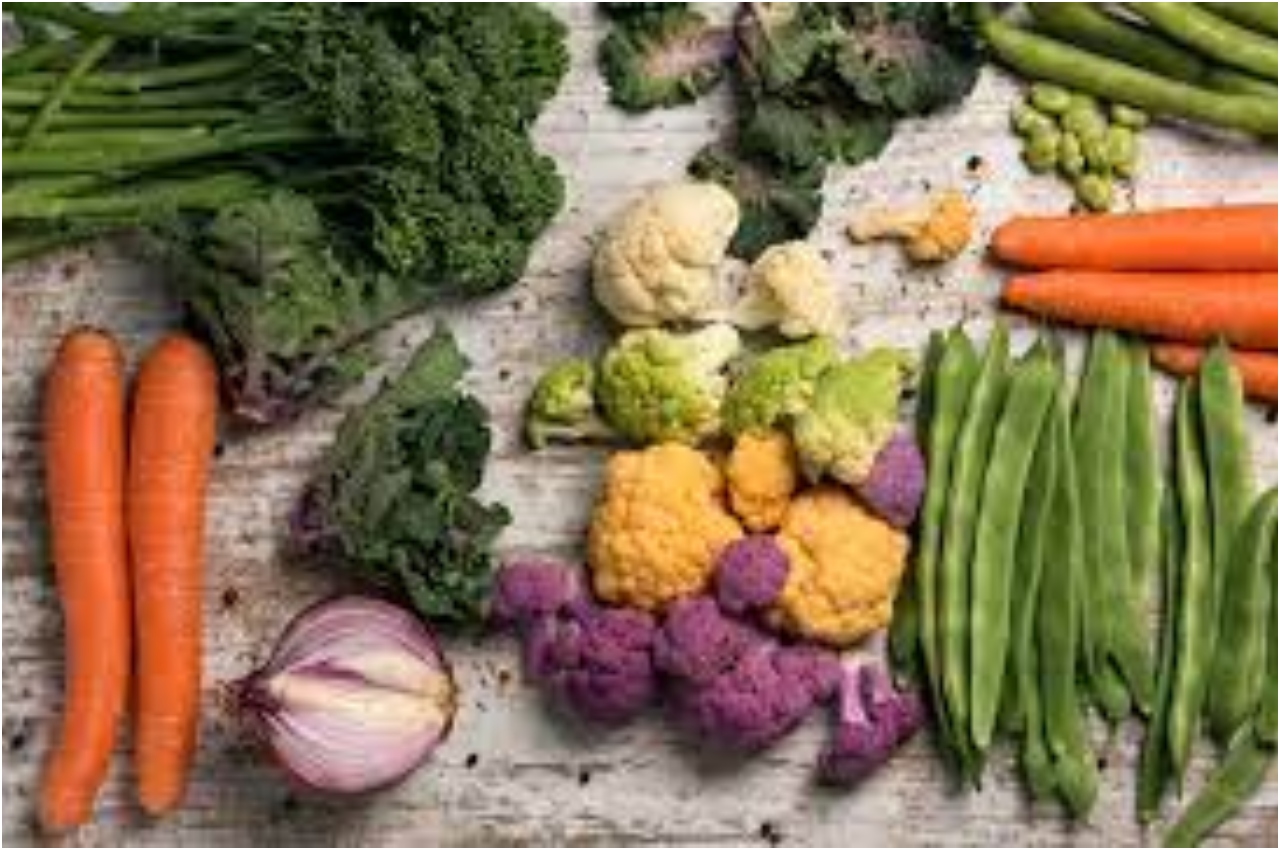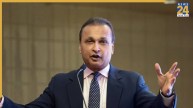New Delhi: Due to rising food costs, India’s retail inflation accelerated to a five-month high of 7.30% in September, according to a Reuters poll, and continued to remain significantly above the Reserve Bank of India’s (RBI) upper tolerance zone for a ninth month.
Prices of basic commodities like cereals and vegetables, which make up the largest component in the inflation basket, have increased over the previous two years due to variable rainfall patterns and supply shocks from Russia’s invasion of Ukraine.
India’s poor and middle classes, already suffering from COVID-19 pandemic-related economic shocks, will be particularly hard hit by the rises as they spend a significant portion of their income on food.
The Consumer Price Index, which measures inflation, increased from 7.00% in August to 7.30% in September, according to a Reuters poll conducted from October 3 to 7. That would be the highest since May 2022 if realised.
Forecasts for the data, which were expected on October 12 at 1200 GMT, ranged from 6.60% to 7.80%. 43 out of 47 economists, or around 91%, predicted inflation will reach at least 7.00%, indicating a bias for future price increases.
“There is a strong pressure from food that is playing out. What is even more worrying is the cereals and pulses inflation which has remained low for quite some time, will rise at an unprecedented pace,” said Dharmakirti Joshi, chief economist at Crisil.
“Will monetary policy action be able to contain it? Very honestly, it will not. It will arrest inflation expectations from moving on to the higher side, but fiscal policy has a greater role to play.”
The Indian government has implemented policies to control local costs, including some limitations on rice exports to curb inflation. However, consumer prices have resisted the RBI’s upper tolerance limit this year and have continued to be stubborn.
Additionally not helpful is a declining currency. A separate Reuters poll of FX analysts revealed that the damaged Indian rupee touched a fresh low of 82.32/$ on Friday and was anticipated to stay under pressure during the following six months.
This would probably put pressure on the RBI to accelerate interest rate hikes after it increased its key repo rate by 190 basis points in four increments this year.
“Against a more hostile global backdrop and a stickier inflation trajectory at home, we now expect a terminal rate of 6.75% – previously 6.25% – in this cycle,” said Sajjid Chinoy, chief India economist at J.P. Morgan.
“To the extent the rupee weakens, there will be passthrough effects to the CPI trajectory.”












